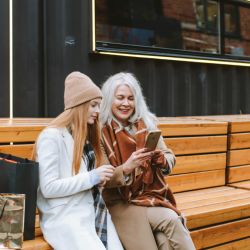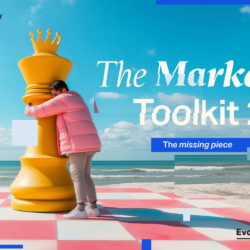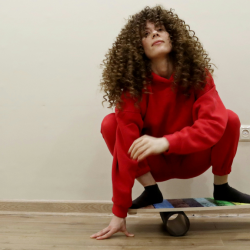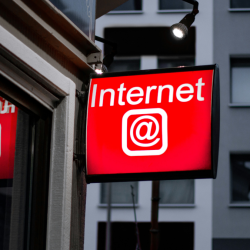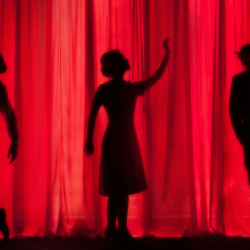For the last two years, the pandemic dramatically changed how we live, work and shop. Being restricted for so long, people have developed new needs, preferences and values.
New consumer expectations such as the need for speed, access to information, endless choice, transparency and entertainment are reshaping the way brands behave post-Covid. But consumers also want to live their lives back just where they left it, outside, in the “real-world”, which gives brands an amazing opportunity to build in-person connections.
Buddy Media recently organized a two-day festival that brought over 5000 people to London Bridge to celebrate the launch of mobile game Match Masters in the UK. An excellent proof-point that brands and agencies need to get on the brand activation train and leave a lasting impact on consumers.
Why brand activations?
Brand activations are a quintessential element of a brand’s communication cycle. They are used for new product launches and for creating moments that elevate established brands throughout the summer periods in the UK.
Pre-pandemic, there was a very buoyant market for brand activations. We had no indication about the multifarious consequences of a pandemic. Health and safety implications are immediate and obvious examples. And on a macro scale, the slowing of GDP growth in the UK economy has resulted in a restriction of budgets across brands.
However, research suggests that despite economic uncertainty for some, 73% of people still want to treat themselves. Moreover, 67% are prioritising socialising, going out and enjoying themselves following two and a half years of restricted living due to COVID.
With the ever-changing digital landscape, brands are expanding into the metaverse, hosting live streams, and experimenting with augmented reality. This has had a knock-on effect on IRL (in real life) moments, with some being purely experienced within a digital universe.
The most famous example of this was Travis Scott’s Fortnite concert which drew over 12 million live views. This moment transcended the historical ways in which brands connect with their customers. It was a record-breaking performance that has seen its viewership continue to grow thanks to platforms like Twitch and YouTube broadcasting it beyond the initial performance.
How can marketers use brand activations in their strategy?
There’s been a huge shift in the way that people experience IRL moments since the pandemic. A recent Forbes article really articulated this beautifully when it explained that consumers are burned out on video calls and long for in-person communication. People have desperately been seeking connectivity, and the best brands intimately understand this.
A great example of a digital brand that is embracing the physical is Apple Music. Earlier this year, they launched Apple Music Live, hosting concerts led by artists as diverse as Harry Styles to Lil Durk to promote its music services and create a series of unique global moments for their subscribers to enjoy around the world.
This kind of initiative allows people to connect meaningfully with brands and experience special moments in the comfort of their own homes. It enables brands to stretch their marketing dollars further and secure a global reach for their big bang moments.
Humanity is inherently built to connect and feel other people’s energy, experience moments together and when that’s taken away; connectivity, live moments, friendship, and laughter, it has a huge impact on people’s wellbeing and happiness.
Lessons from Match Masters
Ultimately, the biggest learning has been that brands have to take a fully integrated cross-platform approach. Brands must stay diversified, with a strong digital strategy to protect against any moment. As we have learned from the pandemic, if a brand is too activation oriented, the brand can quickly fall into trouble.
My advice would be to ensure that brands have models to deliver at scale but also deliver in much more low-cost, high-impact ways to mitigate against any potential economic downturn. That way, if brands need to strip back, they can still deliver an incredible moment.
Another key learning is to protect your contracts and ensure brands and partners have a fair and firm approach to ensure that everyone can safely navigate out of a crisis such as a pandemic.
Finally, I would urge agencies and brands to think more globally and larger scale. Live-streamed experiences and the metaverse are enabling 10X the reach a brand can have. If a moment is happening in the UK, now it can be spread across multiple markets, with only additional boosting strategies and elevation marketing needed to support it.
It is safe to say that there’s never been a better time than now to give people these experiences because they haven’t had them for the last 24 months to experience them properly and that is always going to be a powerful way to connect with consumers.
Featured image: Harry Styles / Apple Music Live


















